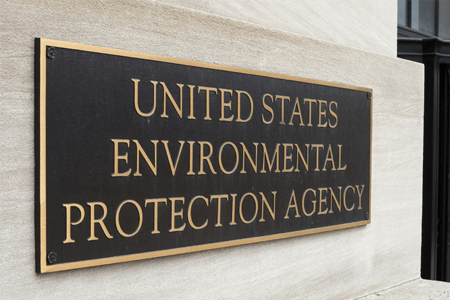The 1976 Toxic Substances Control Act (TSCA) required EPA to keep an Inventory of all chemicals in commerce. The Inventory was one aspect of TSCA that turned out not to work so well over time. Chemicals were added to the Inventory, nothing was removed, and there was no way to note which chemicals were actually active in commerce and which were no longer active.
Thankfully the Frank R. Lautenberg Chemical Safety for the 21st Century Act of 2016, which amended TSCA, required EPA to “reset” the Inventory and designate chemical substances as either active or inactive in commerce.
EPA Successfully Completes the Inventory Reset
The reset process was conducted in two reporting phases. First, manufacturers and importers notified EPA of active chemicals in commerce. That reporting period was successfully completed by the statutory deadline thanks to the hard work and collaborative effort of industry and EPA’s dedicated staff.
In April, EPA released a draft Inventory with the results from the manufacturer reporting phase. At the time of the draft’s release, the total number of active substances reported was 38,304, which is a significant decrease from the 84,000 total substances on the Inventory. However, it is important to note that this number likely includes duplicates and errors not initially caught by EPA. It is also important to note there was no volume threshold for reporting; in other words the reset required that any chemical that entered commerce over the last 10 years—even those manufactured at relatively insignificant amounts—had to be reported.
It’s critical to put the Inventory reset effort into perspective. Under the Chemical Data Reporting Rule (CDR), only chemicals at meaningful production volumes— currently 25,000 pounds a year for most chemicals—are reported to EPA every four years. While there are some exceptions for chemicals reported at a lower threshold in the most recent (2016) CDR, the number of active chemicals reported on the public Inventory that year was just 8,707. The 8,707 substances are much more indicative of the actual chemicals in commerce than the 38,000 reported at the end of the manufacturers’ phase in the reset. For example, based on available CDR and other production volume data, only about 50 chemicals actually make up over 70 percent of volume production in commerce, and 99.8 percent of volume production the U.S. can be attributed to approximately 4000 chemicals.
The second phase of the reset process is an extended period for processors to voluntarily notify EPA of active chemicals in commerce that ends today, October 5th, 2018. Now that the reset process is complete, EPA will release a final active Inventory prior to the end of the year.
Once the final Inventory is released, manufacturers, importers, and processors will have 90 days to notify EPA of any additional active notifications or changes that should be made to the Inventory. Once that 90 day period has passed, EPA intends the Inventory to become effective, and any manufacturer, processor, or importer that wishes to move a chemical from inactive back to the active Inventory will be required to submit a Form B Notice of Activity.
Throughout this process, industry has been highly supportive of EPA’s mandate to update the Inventory so that it accurately reflects chemicals that are actually active in commerce. An accurate TSCA Inventory is fundamental to each key step of the TSCA implementation process from pre-prioritization to risk management. As implementation moves forward, we expect the Inventory, in conjunction with the CDR updates, to continue to provide EPA an up-to-date picture of chemicals in commerce. We look forward to EPA’s release of the final Inventory that accurately reflects the number of chemicals in commerce.



